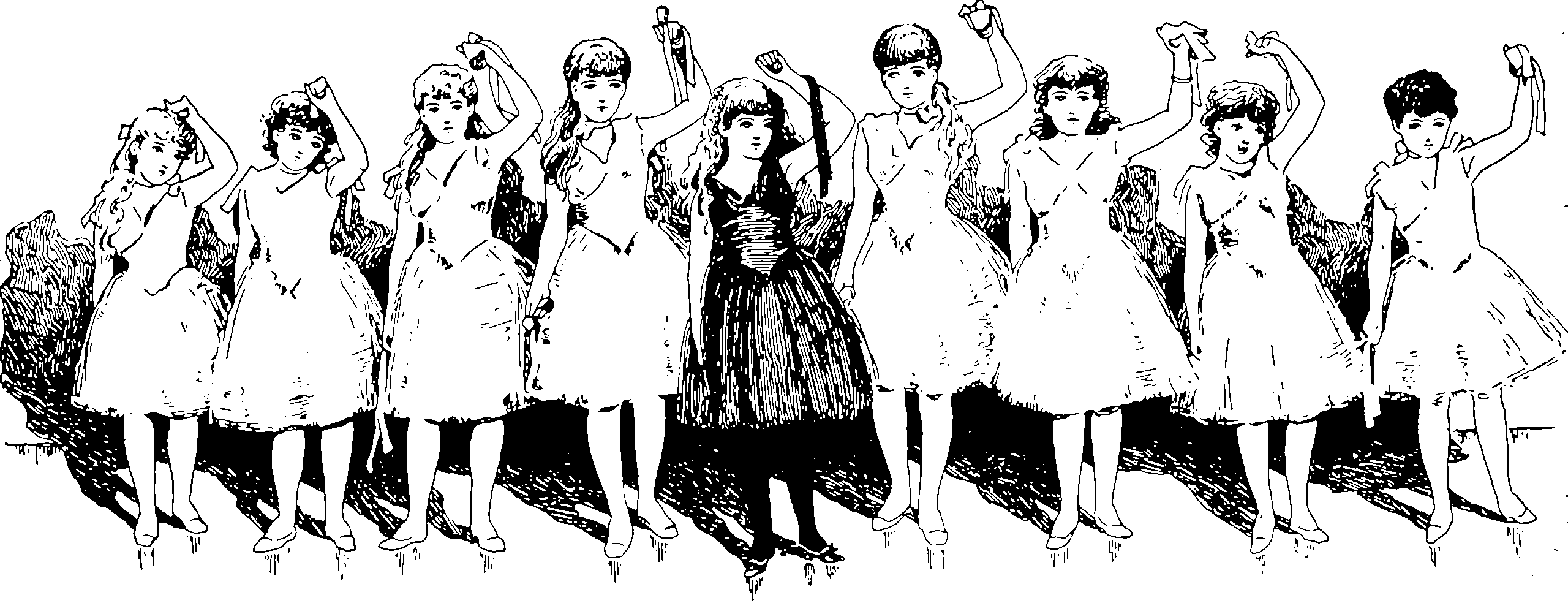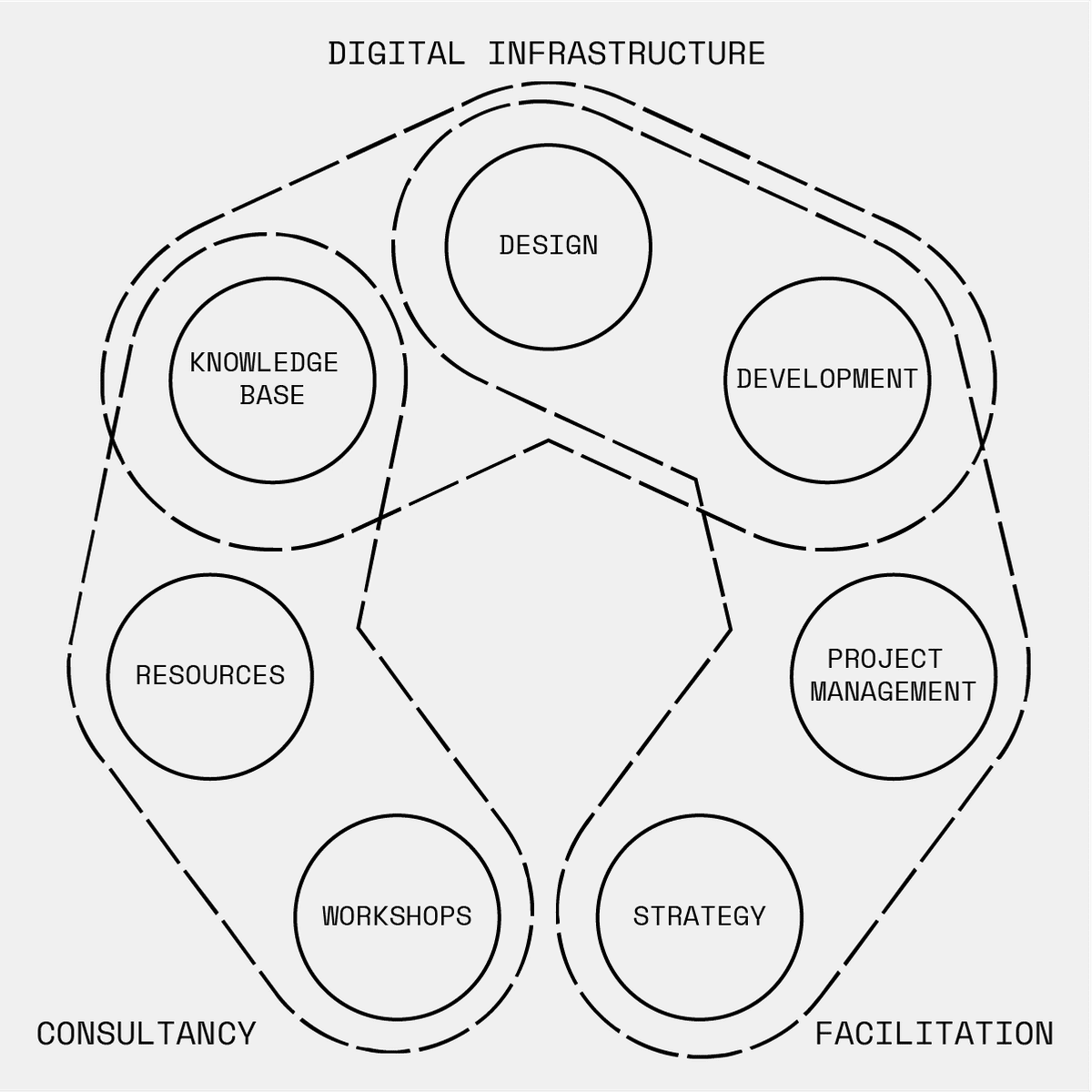Community governance
Coordinating human beings by collective application of social force
2020-02-02 — 2024-06-07
Wherein community governance is surveyed and models such as sociocracy and transformative justice are examined, and federated tools like Mastodon and Loomio are offered as coordination mechanisms.
What is the kindest and most effective system for maintaining and doing things with a community we can execute on our moral wetware?
1 AI-assisted
See civitech for AI-assisted community governance ideas.
2 Legibility in community governance
DRMacIver’s Notebook: Ladders between communities:
I don’t think the person I kicked out was a bad person. For my part, they seemed mostly fine. I didn’t enjoy their presence either but I’d have been fine to put up with it, and I expect on a one-on-one basis I’d have had a perfectly reasonable conversation with them and everything would have been fine.
But I do think leaving them in would have wrecked our community, which is why I took action. I hope they find a community better suited to them.
The problem is, fundamentally, that their presence makes the rest of the community unable to function. It was, for lack of a better term, a failure of culture fit. The gap between how they expected to behave in a community and the way the community needs to function was too large—we didn’t think they were able to learn to be one of us, and we didn’t think we would be able to be us if they didn’t.
Communities are like this. I’ve got into a big fight in the past because someone was trying to argue that communities should have clear and transparent purposes and anyone aligned with that purpose should be welcome. This is, bluntly, a fucking terrible idea, and can only be held by someone who has never run or experienced a functioning community. Communities have to function first and foremost as communities, and this requires either a certain level of cultural and interpersonal alignment, or they fail.
3 Interesting models
- Plurality: The Future of Collaborative Technology and Democracy
- do-ocracy
- See also Github’s open governance: How to have meaningful management of open source projects and some other ideas.
3.1 Sociocracy
Sociocracy sounds interesting; it claims to be a formalised version of Society of Friends decision processes.
Sociocracy is a system of governance that seeks to create psychologically safe environments and productive organisations. It draws on the use of consent, rather than majority voting, in discussion and decision-making by people who have a shared goal or work process.
Dedicated website: Sociocracy for all - basic concepts and principles.
3.2 Teal organisations
3.3 Transformative justice
I do not know much about this but I am bookmarking it here because it seems to be an attempt to build community-led processes of accountability for transgressions, which also assumes a process of redress, change, and attempts to get this without appealing to external authorities. I am increasingly sympathetic to these goals, although I might have issues with the methods here when I dig deeper. Let us see.
4 Communities with interesting example governance structures
DIY socials are an interesting case study in community governance. The first example I ran into of running the organisational infrastructure of an indie social network for and by the users: Social.coop, an Oregon-based social network. They document their toolset for barnraising a local, accountable community network including governance. Their actual network runs on the federated mastodon system. Open collective gives them transparent community organizing for the governance and expenses. They use loomio for decision making. I don’t know how they keep these systems all in sync. The broader Mastodon project in turn uses patreon to fund itself.
-
PledgeBank was a mySociety project, running from 2005 to 2015. It let people set up pledges in the form: ‘I will do something, if a certain number of people will help me’.
But how about for projects weightier or more intimate than online volunteerism? How do you run a housing cooperative, or a cafe, or a militia, or a government in exile?
5 Resources
Common Knowledge produces a bunch of community social organizing thingies.
We are a not-for-profit worker cooperative building digital tools for grassroots activists.
Our team shares a vision of an abundant democratic culture in which people are confident in their capacity to self-organise.
Our aim is to empower people to directly resist all forms of oppression, form more resilient and autonomous communities, and organise themselves at ever larger scales.
6 What we do
- Build digital tools and infrastructure
- Increase the overall capacity of the movement through consultancy and education
- Facilitate activists to share knowledge and resources with each other
7 On process and accountability
Over at institutions for angels I muse about movement design that presupposes its members are good enough to require little governance or process.
8 Incoming
SR Constantin taxonomises types of norms of groups as they pertain to governance in Group membership norms. Interestingly explicit example: DR MacIver’s Discord Community Guide.


